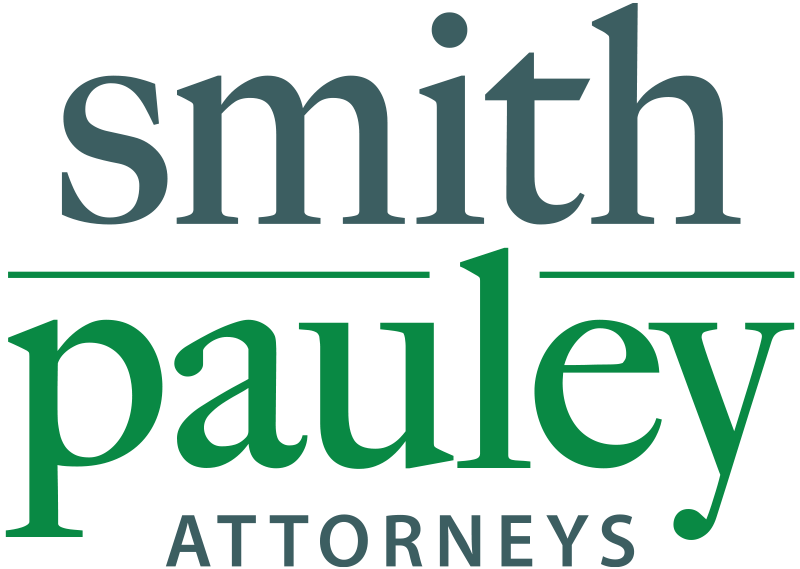Nebraska’s New Paid Sick Leave Law: What Employers Need to Know and How to Prepare
By Katherine (Katy) Rehan, Partner, Smith Pauley LLP
Following the passage of Initiative 436, Nebraska employers face new paid sick leave requirements, set to take effect in October 2025 – just under a year. This change requires essential shifts in policy and operational planning. Acting now will help ensure seamless compliance and demonstrate a commitment to employee well-being. Below, we break down what you need to know about the law, provide actionable compliance strategies, and explain the benefits of preparing early.
I. Requirements
Initiative 436 covers all private employers, with specific provisions based on company size. Employers with twenty or more employees must provide seven days of paid sick leave annually, while employers with fewer than twenty employees must provide five days. The new law offers carveouts for government and unionized jobs. Here’s a breakdown of the new sick leave requirements by employer size:
II. Key Steps for Compliance
As the countdown to Nebraska’s new paid sick leave law begins, taking proactive steps now can help employers avoid future compliance risks and ensure a smooth transition. Smith Pauley is committed to helping clients meet these requirements efficiently and effectively. Below is a roadmap to guide Nebraska employers in implementing these changes and staying compliant.
A. Revise Company Policies and Employee Handbooks
Employers should update their sick leave policies and reflect these changes in their employee handbooks to ensure clarity and legal compliance. Well-defined policies set clear expectations, reduce misunderstandings, and help employees feel supported. Our team can help you review and update these documents to meet legal requirements.
B. Develop an Implementation Strategy
Begin planning now for administrative and budgetary adjustments. Develop an implementation timeline and consider strategies for clear employee communication to ensure smooth adoption of the new policy. Starting the process early aids companies in avoiding surprises and allocating resources appropriately.
C. Assess Intersection with Other Leave Policies
Assess how the new paid sick leave policy interacts with other leave rights, like FMLA and ADA protections. Taking a holistic approach minimizes overlap, avoids potential compliance gaps, and provides balance in assessing employee leave.
D. Invest in Legal and Compliance Services
Investing in legal and compliance services strengthens your business structure and is often tax-deductible. Proactively updating policies also enhances risk management and insurability. Insurance providers prefer employers who take preventative measures, such as implementing HR audits, mandatory training, or well-defined remote worker policies.
III. The Benefits of Proactive Compliance
Early compliance offers more than just legal protection; it’s a competitive advantage. Embracing these changes is an opportunity to strengthen operations, minimize risks, and show a proactive commitment to employee welfare. Preparing now supports employee satisfaction and minimizes potential disruptions to business operations.
IV. How We Can Help: Flat Fee Pricing for HR Compliance Services
At Smith Pauley, our experienced attorneys are here to guide you through HR compliance with a straightforward, flat-fee pricing structure. This unique approach allows for cost-effective planning without uncertainty over fees.
V. Conclusion
With the new paid sick leave law approaching, proactive preparation can make all the difference in ensuring compliance and operational success. Early planning will help secure a smooth transition, reduce risk, and allow you to capitalize on potential tax benefits. Smith Pauley’s team is ready to guide you confidently through these changes to keep your business compliant and protected. Contact us today to learn more about our HR compliance services and our flat-fee pricing options designed to help you prepare for the future.
Katy is a corporate attorney specializing in employment law, contract negotiation, real estate transactions, mergers and acquisitions, intellectual property, and commercial litigation. As an attorney, Katy values being a confidant for her clients, using her training and expertise to counsel them through some of life’s biggest decisions. Katy's clients often have multiple business ventures and need assistance in a variety of areas. With a forward-thinking, entrepreneurial mindset, Katy works collaboratively with business owners, large and small, to help them succeed.
Striving to make each client feel like they are her only client, Katy gives 110% of herself to each matter. Katy understands that clients want an attorney who listens, cares about their individual needs, and will make every effort to put themselves in the shoes of their clients. Katy takes pride in being extremely responsive to client requests and she works diligently toward helping clients achieve their goals.
Katy earned a Juris Doctor from the Valparaiso University School of Law, and two Bachelor of Arts degrees in Journalism and Political Science from the University of Iowa. When Katy is not working for her clients, she loves doing DIY home projects, crafting, and interior design. You can contact Katy at krehan@smithpauley.com or (402) 501-8128.


